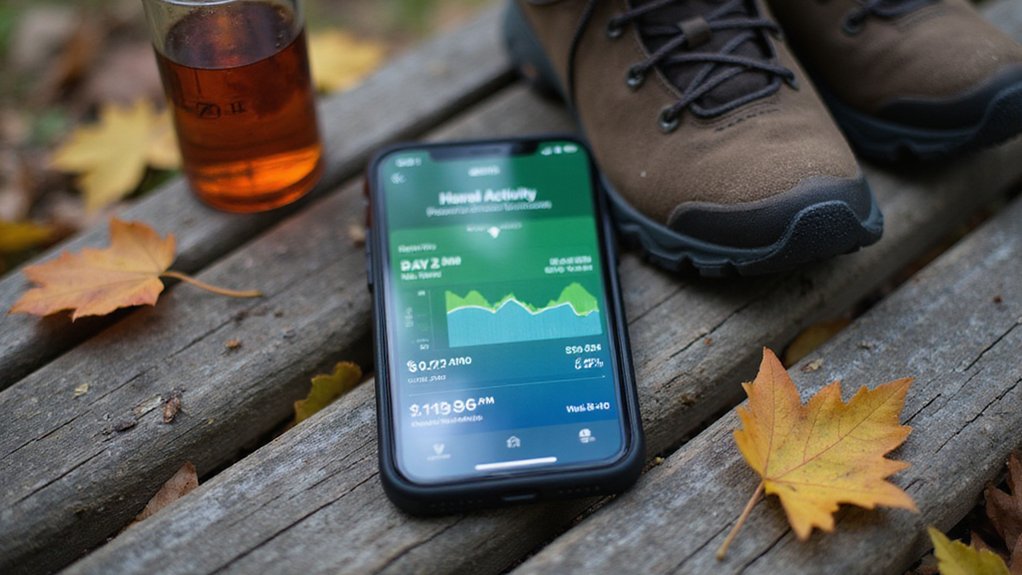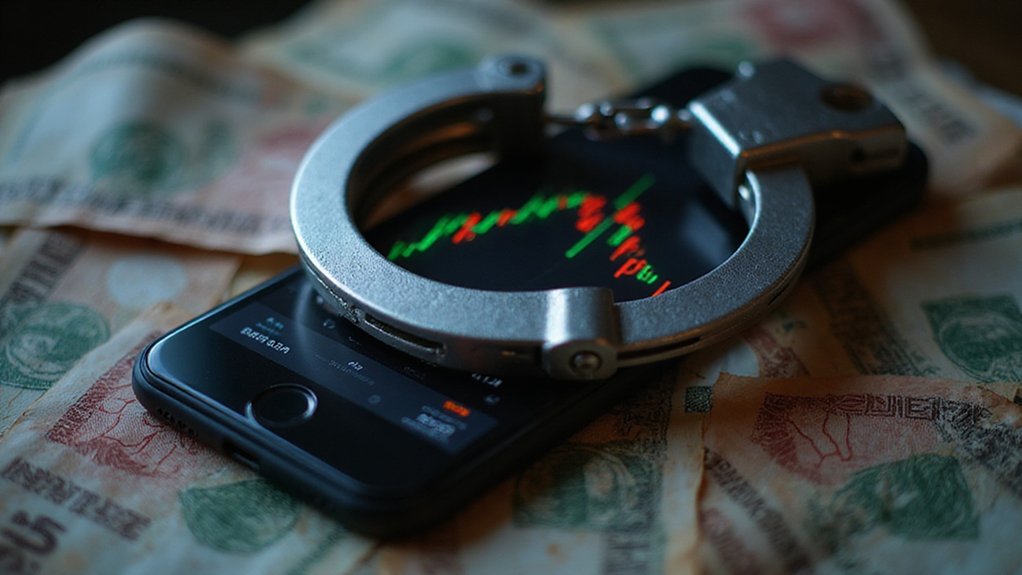Innovation in the digital wellness space has taken an unexpectedly quantified turn with Jack Dorsey‘s latest venture into what might charitably be called “sunshine enhancement.” The Sun Day app—launched through Apple’s TestFlight beta program—attempts to solve the peculiar modern predicament of humans having apparently forgotten how to safely absorb sunlight, a process that worked reasonably well for millennia before requiring algorithmic intervention.
The application transforms UV exposure into a trackable metric, requiring users to manually toggle their sun sessions while inputting variables including age, skin tone, clothing coverage, and outdoor duration. This manual approach (chosen over automatic light detection) presumably prevents the app from mistaking fluorescent office lighting for therapeutic solar radiation—a distinction that might have eluded less sophisticated algorithms.
Built using Block’s open-source AI coding tool Goose, the app integrates location services to determine local UV indices while incorporating Apple Health data and historical HealthKit vitamin D records. The resulting calculations provide personalized synthesis estimates and safe exposure timeframes, theoretically preventing users from achieving the color traditionally associated with New England lobsters.
The platform displays sunrise and sunset times, cloud cover, and UV burn limits—information once intuited through the revolutionary practice of looking outside. Future updates promise integration of height, weight, seasonal variations, and actual vitamin D blood test results, suggesting that ideal sun exposure may eventually require more data points than launching a hedge fund.
The app addresses legitimate health concerns, particularly for populations prone to vitamin D deficiency, including individuals with darker skin or limited outdoor activity. The quantification of sun exposure could theoretically improve immune function and bone health while reducing overexposure risks—assuming users remember to manually log their sessions. Beyond physical wellness, vitamin D’s role in mood regulation suggests the app could indirectly support mental health outcomes for users with seasonal affective patterns.
This represents another example of Dorsey’s “vibe-coding” weekend projects, following his pattern of creating minimalist digital wellness tools. The open-source approach allows developer contributions while maintaining transparency, though one wonders whether humanity’s relationship with sunlight truly required algorithmic enhancement or if stepping outside occasionally might have sufficed. Following the release of his encrypted messaging app Bitchat just a week prior, Dorsey demonstrates a remarkably quick turnaround in app development cycles. The emphasis on regulatory clarity in digital wellness applications could signal broader acceptance of health-focused technology solutions by institutional and governmental bodies.





